High Fiber Foods
Are you looking to boost your fiber intake and improve your overall health? Look no further than these nutrient-packed foods! From creamy avocados to crunchy broccoli, and hearty lentils, incorporating these high-fiber options into your diet can support digestion, lower cholesterol, and keep you feeling satisfied throughout the day. Let’s dive into the benefits and nutritional value of these fiber-rich foods.
Table of Contents
1. Avocados in High Fiber Foods
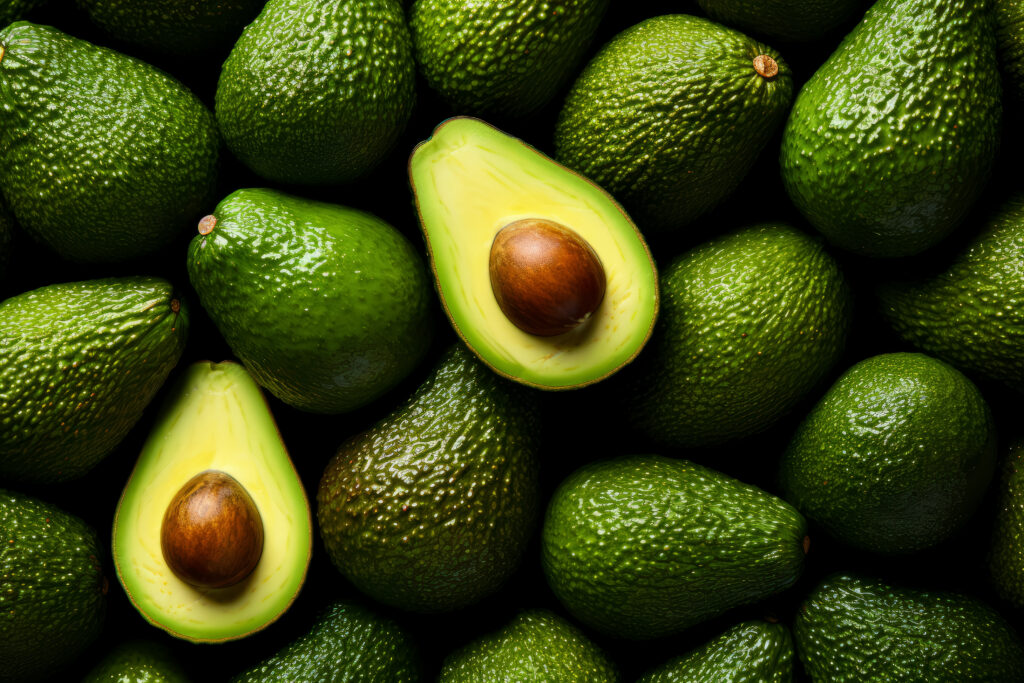
| Nutrient | Amount Per 1 Medium Avocado |
|---|---|
| Fiber | Approximately 9 grams |
| Calories | Around 322 |
| Fat | Roughly 29 grams |
| Protein | About 4 grams |
| Potassium | Approximately 975 mg |
| Vitamin K | Roughly 26% of the Recommended Daily Intake (RDI) |
| Vitamin C | Around 20% of the RDI |
| Monounsaturated Fat | About 20 grams |
Avocado:
- Nutritional Profile: Avocado not only contains high amounts of fiber but is also rich in monounsaturated fats, especially oleic acid, which is beneficial for heart health.
- Vitamins and Minerals: These contain potassium, which helps control blood pressure, and vitamins K and C, which support bone health and immune function, respectively.
- Other Benefits: Avocado is also rich in antioxidants like lutein and zeaxanthin, which support eye health.
2. Broccoli:
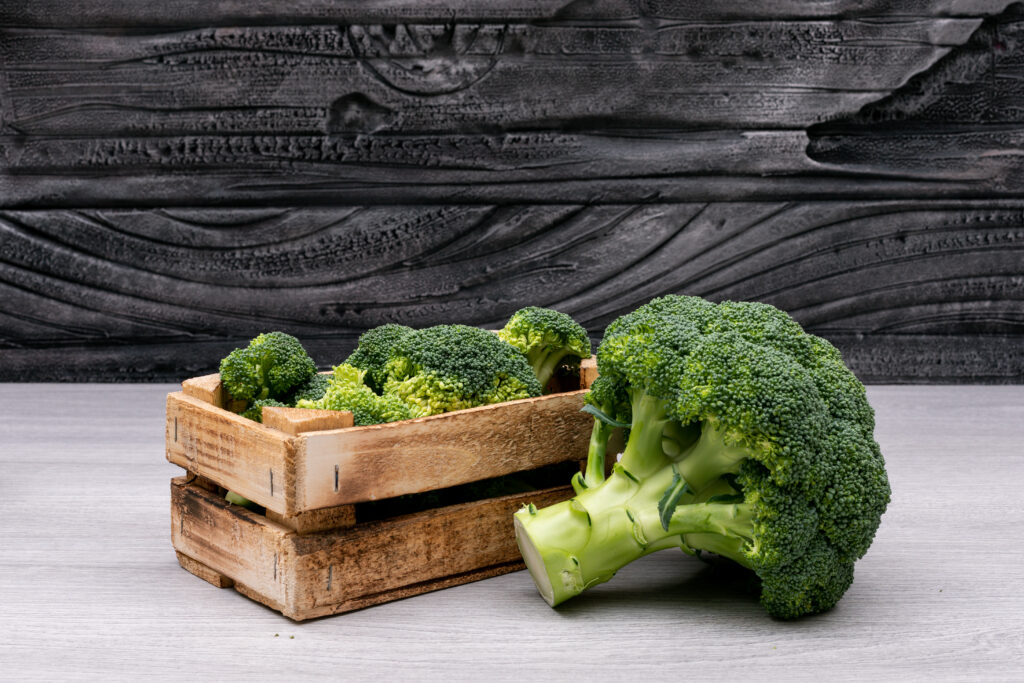
| Nutrient | Amount Per 1 Cup Chopped Broccoli |
|---|---|
| Fiber | Approximately 2.6 grams |
| Calories | Roughly 55 |
| Vitamin C | Around 135% of the RDI |
| Vitamin K | Roughly 116% of the RDI |
| Folate | Approximately 14% of the RDI |
| Vitamin A | Around 11% of the RDI |
| Calcium | Roughly 6% of the RDI |
Broccoli:
- Nutritional Profile: Broccoli is low in calories but high in fiber, making it an excellent choice for weight management.
- Vitamins and Minerals: It is a good source of vitamin C, which boosts the immune system, and vitamin K, which supports bone health and blood clotting.
- Antioxidant: Broccoli contains sulforaphane, a powerful antioxidant known to have anti-cancer properties.
3. Oats:
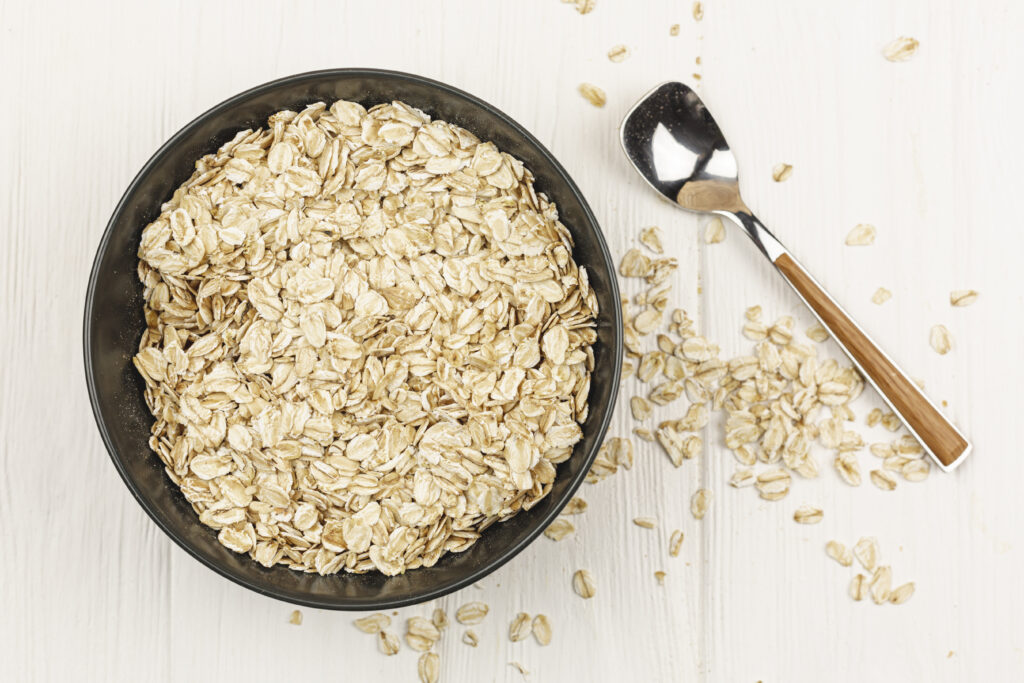
| Nutrient | Amount Per ½ Cup Dry Oats |
|---|---|
| Fiber | Approximately 4 grams |
| Calories | Around 150 |
| Protein | Roughly 5 grams |
| Fat | About 3 grams |
| Iron | Approximately 10% of the RDI |
| Magnesium | Roughly 10% of the RDI |
| Phosphorus | Around 15% of the RDI |
Oats:
- Soluble Fiber: Oats contain a type of soluble fiber called beta-glucan, which helps lower cholesterol levels and promotes heart health.
- Complex Carbohydrates: They provide sustained energy due to their complex carbohydrates, making them an ideal choice for breakfast.
- Micronutrients: Oats are also rich in vitamin B, especially folate, which is important for fetal development during pregnancy.
4. Pears:
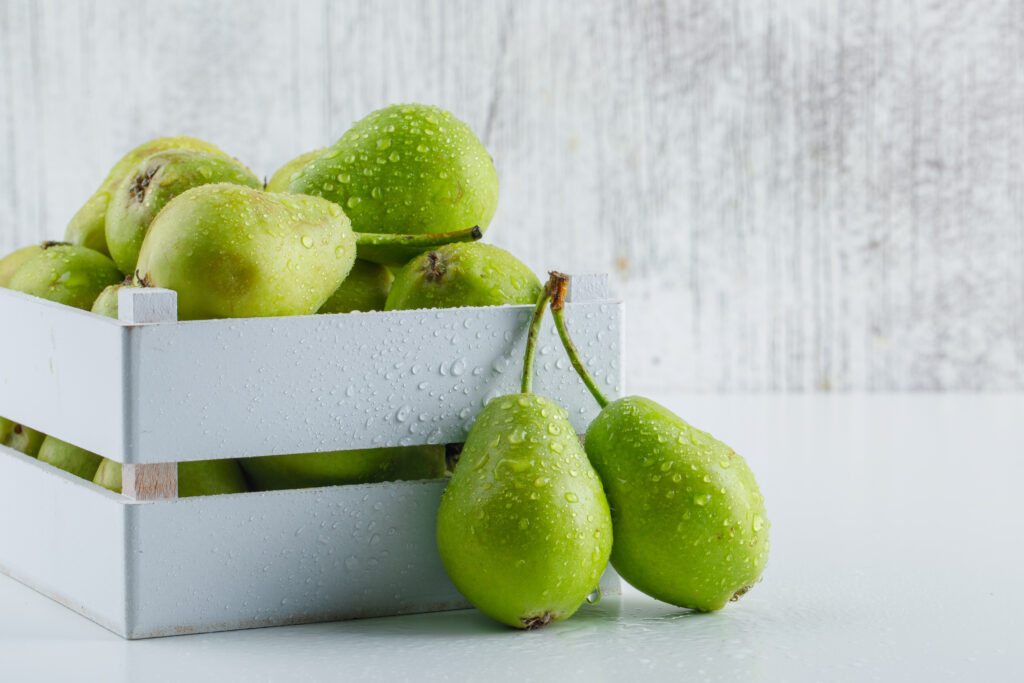
| Nutrient | Amount Per 1 Medium Pear |
|---|---|
| Fiber | Approximately 5.5 grams |
| Calories | Around 101 |
| Vitamin C | Roughly 12% of the RDI |
| Vitamin K | About 10% of the RDI |
| Potassium | Approximately 212 mg |
| Vitamin K | Roughly 10% of the RDI |
| Vitamin E | About 6% of the RDI |
Pear:
- Digestive Health: Pears are rich in fiber, especially pectin, which acts as a prebiotic, nourishing the beneficial bacteria in the gut and promoting digestive health.
- Antioxidants: They contain flavonoids and polyphenols, which have antioxidant properties and may help reduce inflammation and oxidative stress.
- Hydration: Pears have high water content, which aids in hydration and promotes skin health.
5. Artichokes:
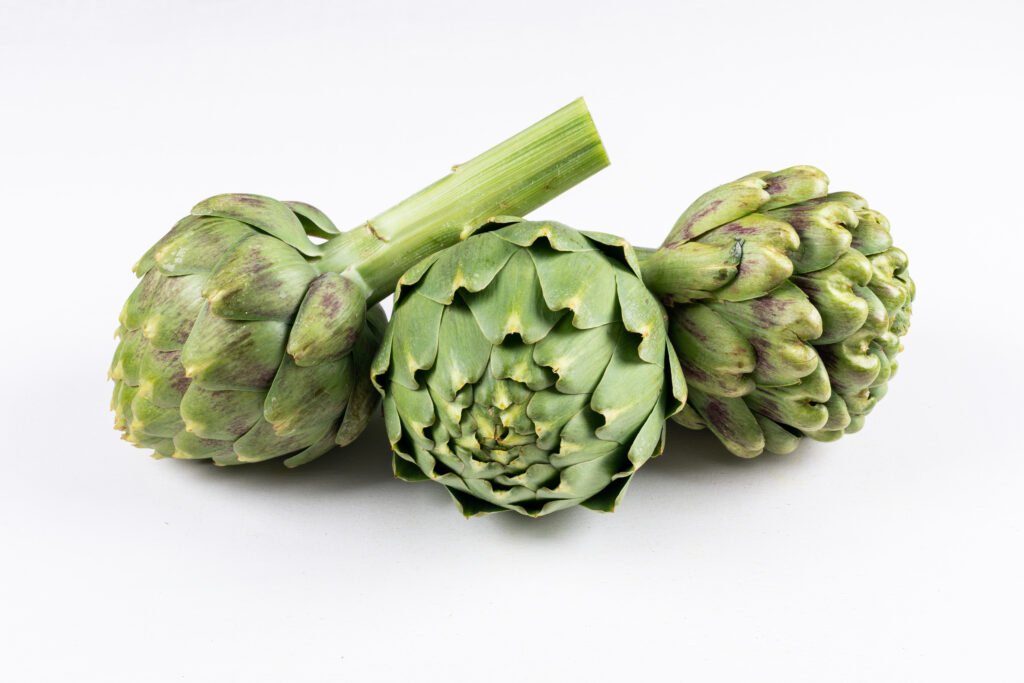
| Nutrient | Amount Per 1 Medium Artichoke |
|---|---|
| Fiber | Approximately 10 grams |
| Calories | Around 60 |
| Vitamin C | Roughly 25% of the RDI |
| Folate | Approximately 22% of the RDI |
| Magnesium | Roughly 15% of the RDI |
| Potassium | About 14% of the RDI |
| Vitamin K | Approximately 14% of the RDI |
Artichoke:
- Fiber: Artichoke is one of the highest fiber vegetables, which promotes digestive regularity and prevents constipation.
- Liver Health: They contain compounds like cynarin and silymarin, which support liver function and may help protect against liver damage.
- Antioxidants: Artichokes are rich in antioxidants like quercetin and rutin, which have anti-inflammatory properties.
6. Chia Seeds:

| Nutrient | Amount Per 2 Tablespoons Chia Seeds |
|---|---|
| Fiber | Approximately 10 grams |
| Calories | Around 138 |
| Protein | Roughly 4 grams |
| Fat | About 9 grams |
| Omega-3 Fatty Acids | Approximately 4 grams |
| Calcium | Roughly 18% of the RDI |
| Phosphorus | Around 27% of the RDI |
Chia Seeds:
- Omega-3 Fatty Acids: Chia seeds are one of the richest plant-based sources of omega-3 fatty acids, which are important for brain health and reducing inflammation.
- Hydration: When soaked in liquid, chia seeds form a gel-like substance, which helps retain water in the body and promotes hydration.
- Protein: They are also a good source of plant-based protein, making them suitable for vegetarian and vegan diets.
7. Lentils:
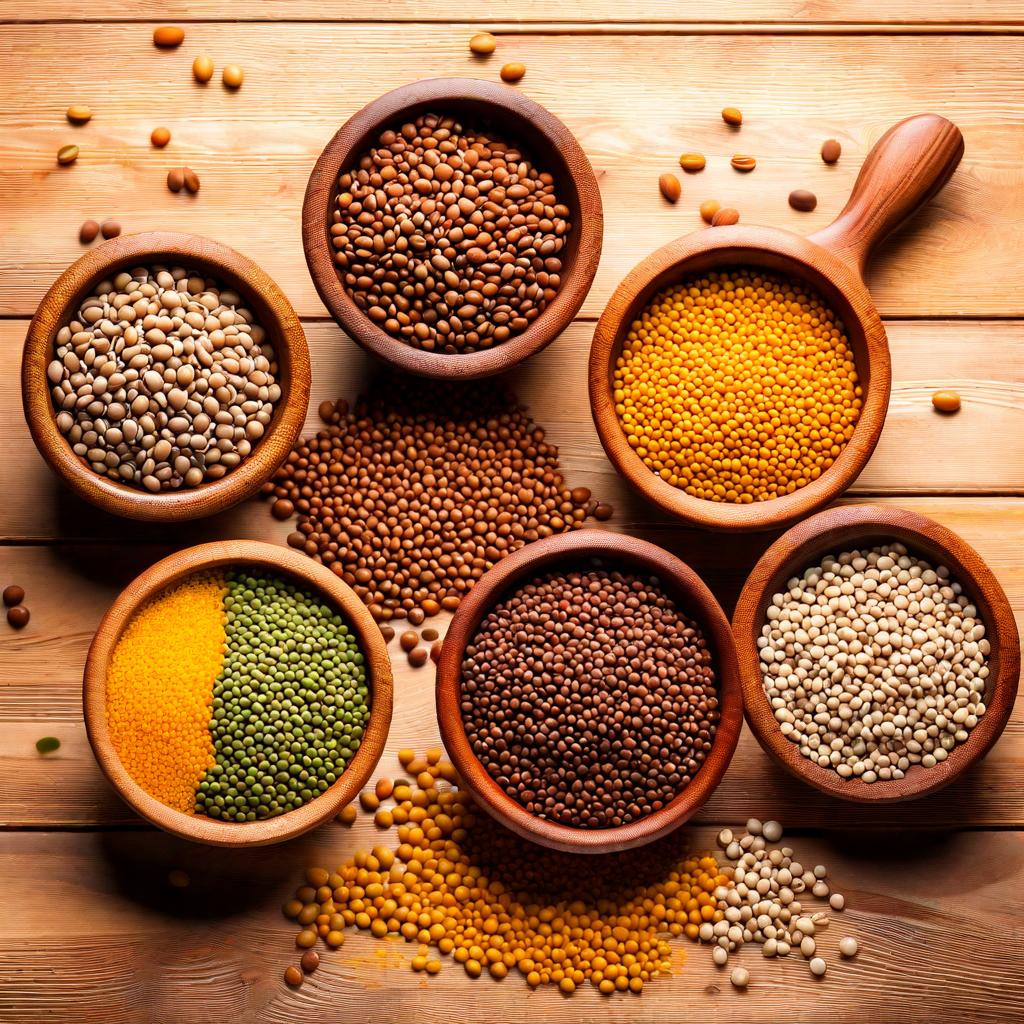
| Nutrient | Amount Per 1 Cup Cooked Lentils |
|---|---|
| Fiber | Approximately 15.6 grams |
| Calories | Around 230 |
| Protein | Roughly 18 grams |
| Iron | Approximately 37% of the RDI |
| Folate | Roughly 90% of the RDI |
| Potassium | About 731 mg |
| Magnesium | Approximately 18% of the RDI |
Lentils:
- Protein: Lentils are an excellent source of plant-based protein, making them a valuable food for vegetarians and vegans.
- Iron: They are rich in iron, which is important for transporting oxygen in the blood and preventing iron deficiency anemia.
- Complex Carbohydrates: Lentils provide complex carbohydrates, which help maintain stable blood sugar levels and provide sustained energy.
- Fiber: Lentils are also high in dietary fiber, which aids in digestion and promotes a feeling of fullness.
8. Raspberries:
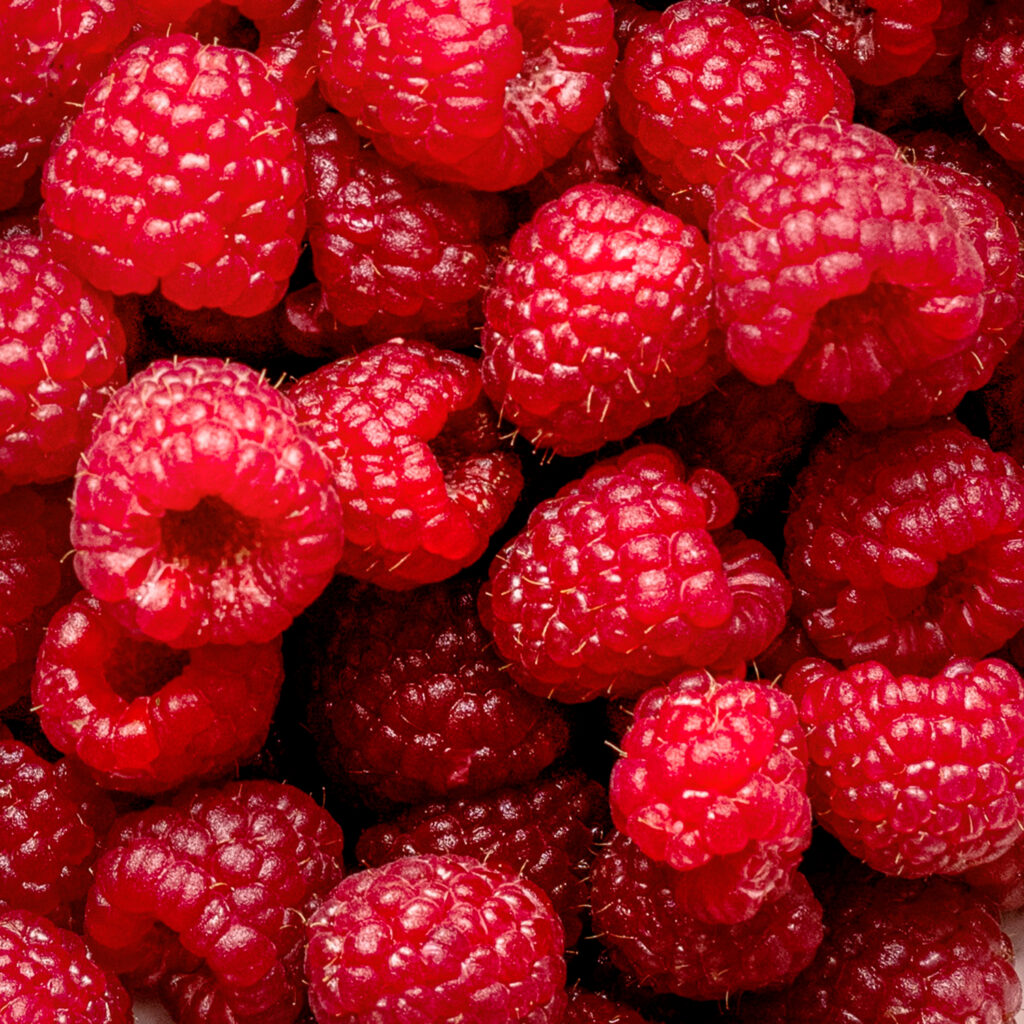
| Nutrient | Amount Per 1 Cup Raspberries |
|---|---|
| Fiber | Approximately 8 grams |
| Calories | Around 64 |
| Vitamin C | Roughly 54% of the RDI |
| Manganese | Approximately 41% of the RDI |
| Vitamin K | Roughly 12% of the RDI |
| Vitamin E | About 5% of the RDI |
| Magnesium | Around 5% of the RDI |
Raspberry:
- Antioxidants: Raspberries are rich in antioxidants like vitamin C and ellagic acid, which help protect against oxidative stress and may reduce the risk of chronic diseases.
- Anti-Inflammatory: They contain anthocyanins, which have anti-inflammatory properties and may help reduce the risk of heart disease and diabetes.
- Blood Sugar Control: Despite being sweet, raspberries have a low glycemic index, meaning they are unlikely to spike blood sugar levels.
9. Beans:

| Nutrient | Amount Per 1 Cup Cooked Beans |
|---|---|
| Fiber | Approximately 10-16 grams |
| Calories | Around 220-250 |
| Protein | Roughly 15 grams |
| Iron | Approximately 20-25% of the RDI |
| Folate | Roughly 30-35% of the RDI |
| Potassium | About 10-15% of the RDI |
| Magnesium | Approximately 15-20% of the RDI |
Beans:
- Fiber and Protein: Beans are rich in both soluble and insoluble fiber, which promotes digestive health and provides a feeling of fullness. They are also rich in plant-based protein, making them a valuable addition to vegetarian and vegan diets.
- Nutrient Density: They are rich in nutrients like iron, potassium and folate, which are essential for overall health.
- Blood Sugar Regulation: The combination of fiber and protein in beans helps stabilize blood sugar levels, making them a valuable food for managing diabetes.
Adding these high-fiber foods to your diet can provide a variety of health benefits, including better digestive health, better heart health, and a reduced risk of chronic diseases.

